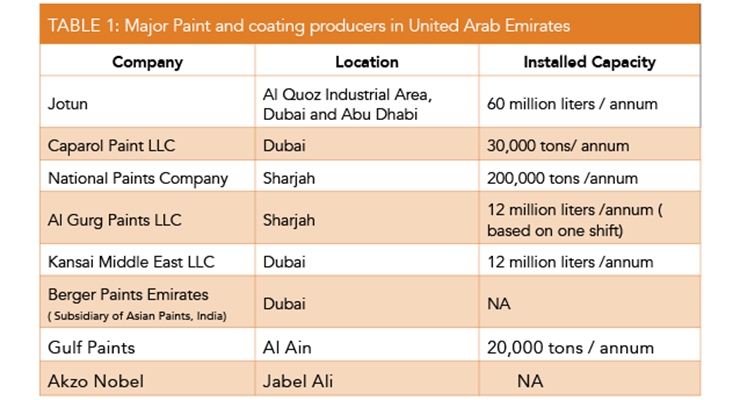Understanding The Distinctions Between Interior And Exterior Paint: Key Features And Makes Use Of
Understanding The Distinctions Between Interior And Exterior Paint: Key Features And Makes Use Of
Blog Article
Content Composed By-Ratliff Lynn
When you're choosing in between interior and exterior paint, it's essential to recognize their fundamental distinctions that influence both performance and aesthetics. Inside paints are crafted for lower VOC degrees and smoother surfaces, making them perfect for interior spaces, while exterior paints are created to withstand extreme climate condition and UV exposure. Each kind offers a distinctive function, yet knowing when to use one over the other can significantly affect your job's end result. So, what factors should you think about when making your selection?
Structure and Solution
When choosing between interior and exterior paint, comprehending their composition and formulation is vital. Inside paints commonly contain a reduced amount of unpredictable organic substances (VOCs), making them safer for indoor air quality. You'll notice they typically have a smoother surface, which boosts their ability to resist discolorations and enables easier cleaning. They're designed to stand up to the roughness of interior settings, consisting of differing humidity degrees and temperature level variations.
On the other hand, exterior paints are formulated to endure harsher conditions. They typically contain higher degrees of pigments and additives to stand up to fading from UV rays, along with to prevent mildew and mold growth. Their make-up includes much more binders and resins, which supply far better bond to surfaces revealed to the aspects. This makes sure the paint can hold up against rain, snow, and fluctuating temperature levels without peeling or cracking.
Efficiency and Durability
Examining performance and longevity is necessary when picking between interior and exterior paint. https://www.hertsad.co.uk/lifestyle/property/5-tips-to-prep-surfaces-in-your-home-before-painting-5026340/ is created for surfaces that experience much less deterioration. It generally resists fading and scuffing, making it perfect for living spaces and bedrooms. However, it may not stand up well in high-moisture areas like bathroom and kitchens without appropriate formulation.
On the other hand, outside paint faces harsher conditions. It's crafted to stand up to UV rays, rain, and temperature variations. This sort of paint typically contains additives that prevent mold and mildew and mold growth, ensuring longevity in numerous climates. When you make use of exterior paint, you can expect it to last a number of years longer than interior paint, gave it's used correctly.
Another key difference lies in the finish alternatives. Inside paints commonly have a range of finishes for aesthetic appeal, while exterior paints focus on durability over luster. If you're trying to find something that can take care of the aspects, exterior paint is your best option.
On the other hand, if you're focused on indoor appearances with less worry for extreme problems, interior paint might be ideal. Ultimately, https://local-painters-near-me64208.prublogger.com/30754052/industrial-painting-professionals-discussed-what-to-think-about-for-your-next-endeavor needs to line up with the particular demands of the setting.
Aesthetic Considerations
A fresh layer of paint can change a room, yet aesthetic factors to consider play a vital role in your choice in between interior and exterior alternatives. When you're selecting paint, think of the state of mind you want to develop. Interior paint permits you to discover a wider variety of colors and coatings, allowing you to reveal your personal design and boost your home's atmosphere. Whether you choose soft pastels or bold tones, the right interior paint can make your areas feel comfortable, dynamic, or serene.
On the other hand, outside paint requires to align with your home's style and the surrounding setting. Right here, you're not simply making a style statement; you're additionally taking into consideration visual allure. Choosing colors that integrate with your area can boost your home's value and aesthetic appeal. Keep in mind that exterior paint is also based on fading and climate adjustments, so choosing a timeless shade can save you from frequent repainting.
Eventually, consider how each alternative fits your vision. By aligning your paint option with your preferred visual, you can develop areas that reflect your individuality while maintaining functionality.
Verdict
When it comes to picking paint, understanding the key distinctions between interior and exterior choices is crucial. Interior paints concentrate on aesthetic appeals and low VOCs, making them perfect for improving your indoor areas. On the other hand, outside paints are designed for resilience and climate resistance, protecting your home from the elements. By considering your specific needs and the atmosphere, you can with confidence choose the appropriate paint to attain the appearance and durability you want for your room.
